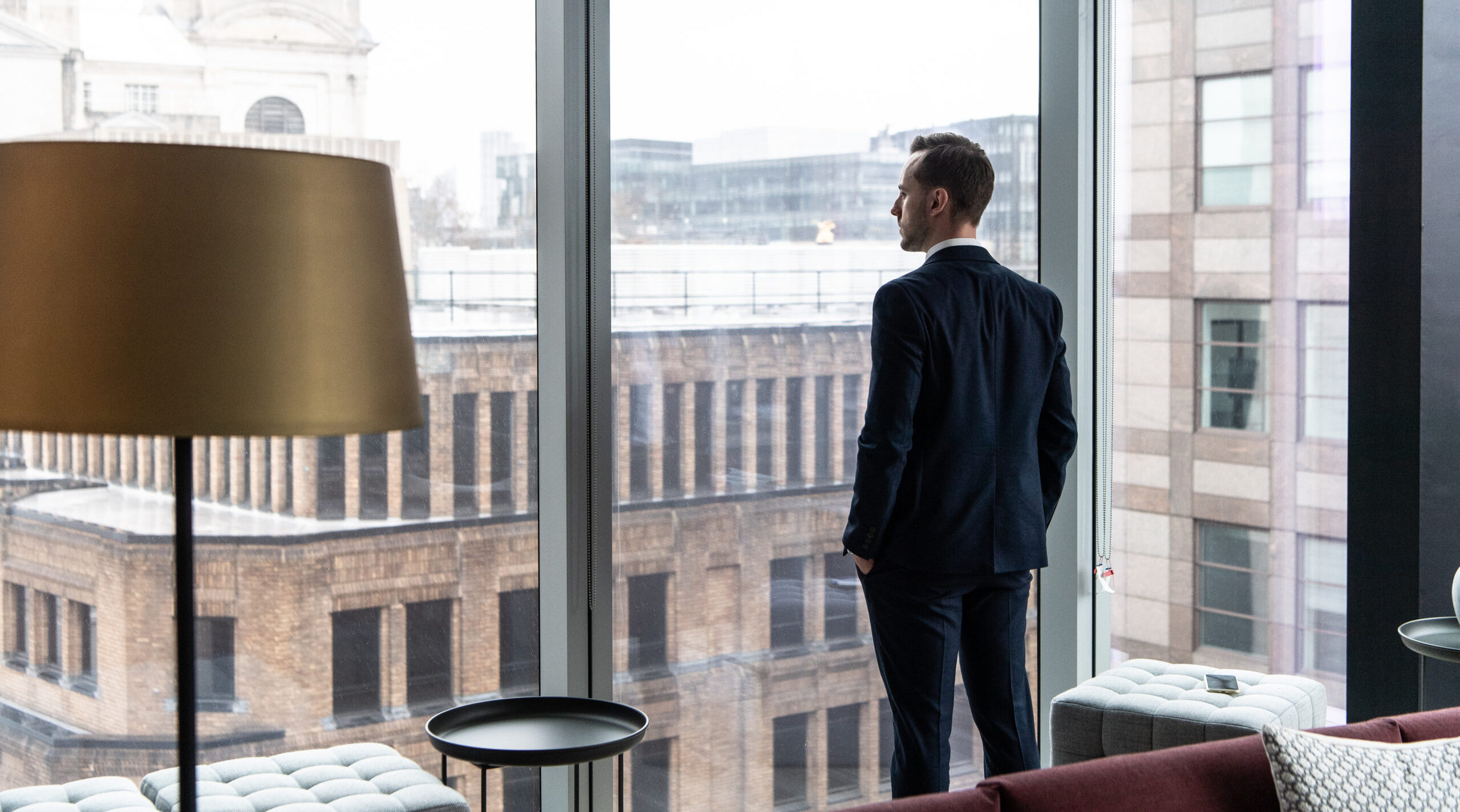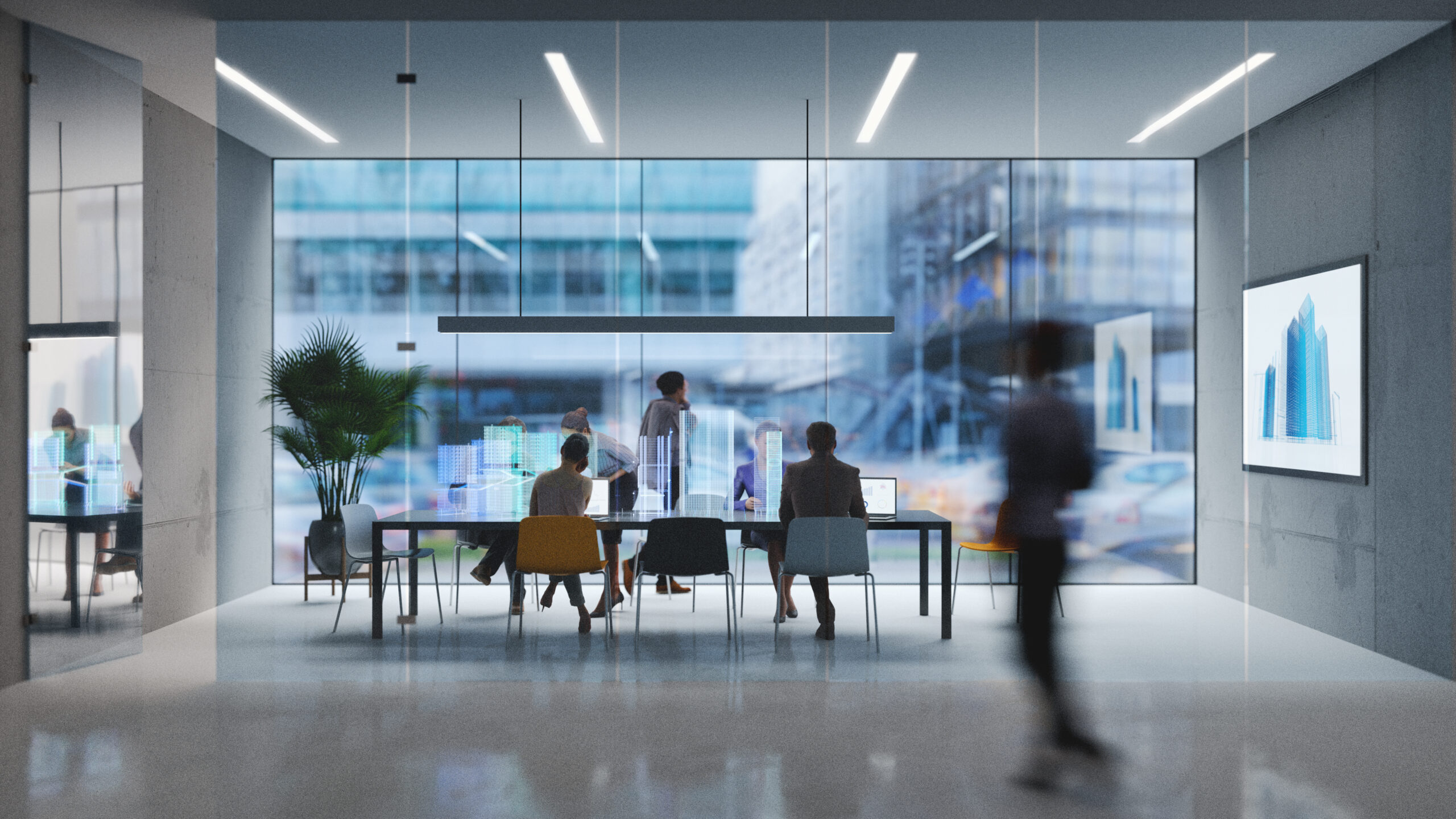I always loved learning about new things, living at the cutting edge of technology. Given this, it was probably inevitable that I was drawn to becoming a patent attorney, spending my days getting to grips with so many different technologies and new ideas.
As a former theoretical and computational physicist my practice has developed a focus on the more mathematical end of technological innovation – often what is traditionally regarded as subject matter that’s difficult to patent. There are many interesting legal aspects about the various exclusions to patentability, that differ around the world. Understanding how a new innovation fits around these restrictions, and identifying what aspects are potentially patentable, is a large and often fascinating part of the challenge.
I typically work with a lot of SMEs and, occasionally, individual inventors, and it’s always enjoyable to introduce them to the patent process and guide them through it. I also have larger companies as clients that may have a large team of inventors. In all cases I can be embedded in the team, making the process as smooth as possible for them. I really enjoy this and how it makes it easy to contribute to their business – understanding what the client or inventor wants to achieve and how to help them do so. I love adding value in this way and working so collegiately.
One of my first clients had quite a wide geographical portfolio so I was lucky enough to build up my experience in directing prosecution in several jurisdictions farther afield including Japan, China, Korea, Brazil, India and South Africa. It means that when I’m now drafting a new application for a UK-based client or a primary direct client, I ensure it is not only fit for Europe, but also for other potential international markets, having had first-hand experience of the issues and considerations. Receiving good feedback from a client delighted about someone having thoroughly understood their invention always gives me a solid sense of achievement.
The whole process of engaging with the patent office is also very enjoyable. Often the optimal outcome can be achieved by a collegial approach and there are also times that call for some more adversarial thinking in order to best fight for my client’s interests. There’s a definite satisfaction to be found in the intellectual exercise of taking an argument apart, finding out where it’s wrong and then turning it around so that the objection is overcome and a claim that really works for the client granted. It’s wonderful to see clients relieved that their core business is protected and can be marketed, safe in the knowledge that they have a powerful piece of protection against copying.












